Sushi is a popular Japanese dish that has been enjoyed by people worldwide for centuries. Is sushi Chinese? The origins of sushi are not entirely clear, and there is some debate over whether it is a Japanese or Chinese dish.
Some believe that sushi was first created in China over 2,000 years ago, while others argue that it was invented in Japan during the Edo period. Regardless of its origins, sushi has become an iconic dish that is enjoyed by people all over the world. In this article, we will explore the history of sushi and examine its relationship with Chinese cuisine.
Key Takeaways
- Sushi is a popular Japanese dish that has its origins in China.
- The history of sushi is complex and shrouded in mystery, with many different theories and legends surrounding its origins.
- Despite its Chinese roots, sushi has become an iconic Japanese dish enjoyed by people worldwide.
Origins of Sushi
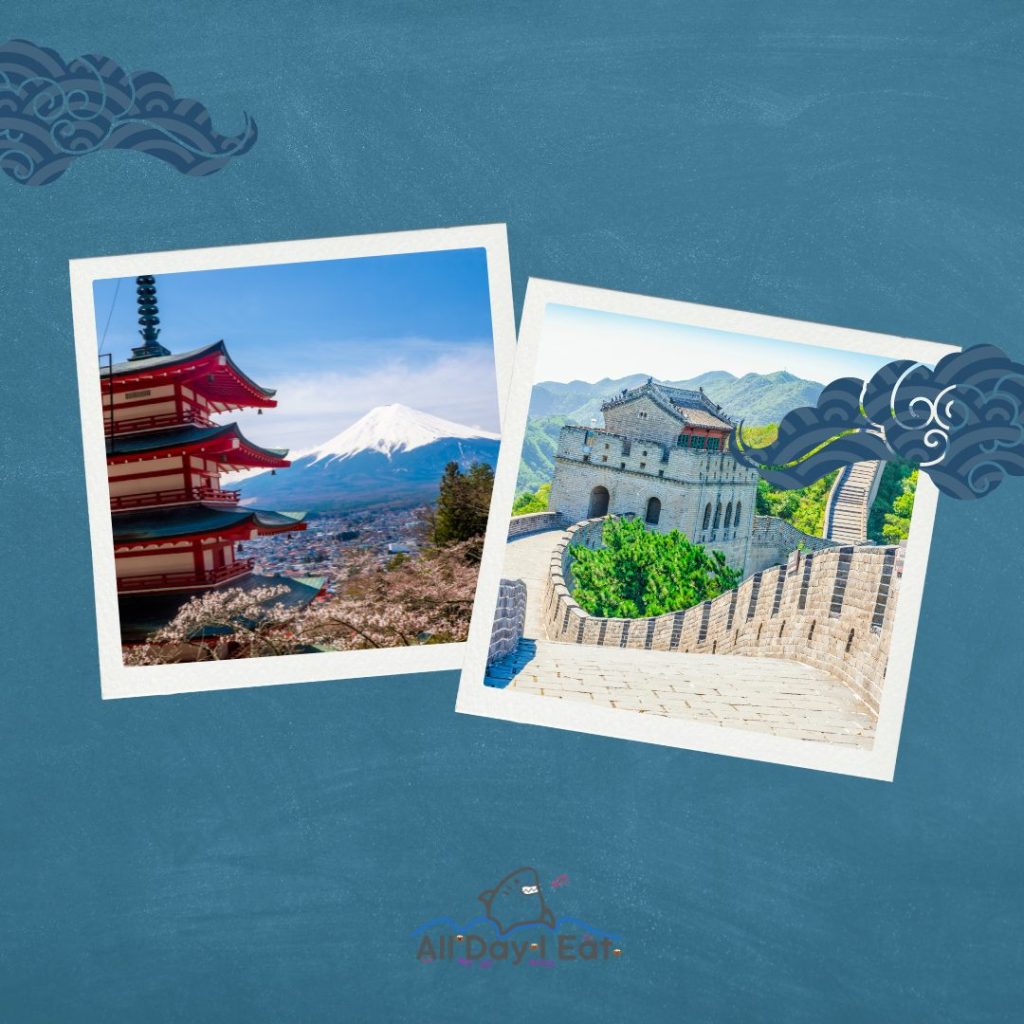
Sushi is a popular Japanese dish that has gained worldwide recognition. While it is widely believed that sushi is a Japanese invention, the origins of sushi are not entirely clear. In this section, we will explore the origins of sushi, including its Japanese origin and Chinese influence.
Japanese Origin
The earliest form of sushi, known as narezushi, originated in Southeast Asia, where it was made to preserve freshwater fish. This dish was made by fermenting fish with salt and rice, wrapped in sour rice to preserve it. The dish was then stored in barrels and fermented for several months.
During the Muromachi period (1336-1573), narezushi became popular in Japan, and it was served as a snack with sake. Over time, the dish evolved, and the rice was no longer sour. Instead, it was seasoned with vinegar, sugar, and salt and served with raw fish.
Chinese Influence
While sushi is often associated with Japan, it is believed that the Chinese played a significant role in the development of the dish. The Chinese had been fermenting fish for centuries and introduced the technique to Japan.
The Chinese also introduced chopsticks to Japan, which became an essential tool for eating sushi. Additionally, the Chinese introduced wasabi, a popular sushi condiment.
So, while sushi is often associated with Japan, its origins are more complex. The dish originated in Southeast Asia and was introduced to Japan by the Chinese. Over time, the dish evolved, becoming a popular snack in Japan. Today, sushi is enjoyed worldwide, and it continues to evolve and adapt to new cultures.
Development and Evolution of Sushi
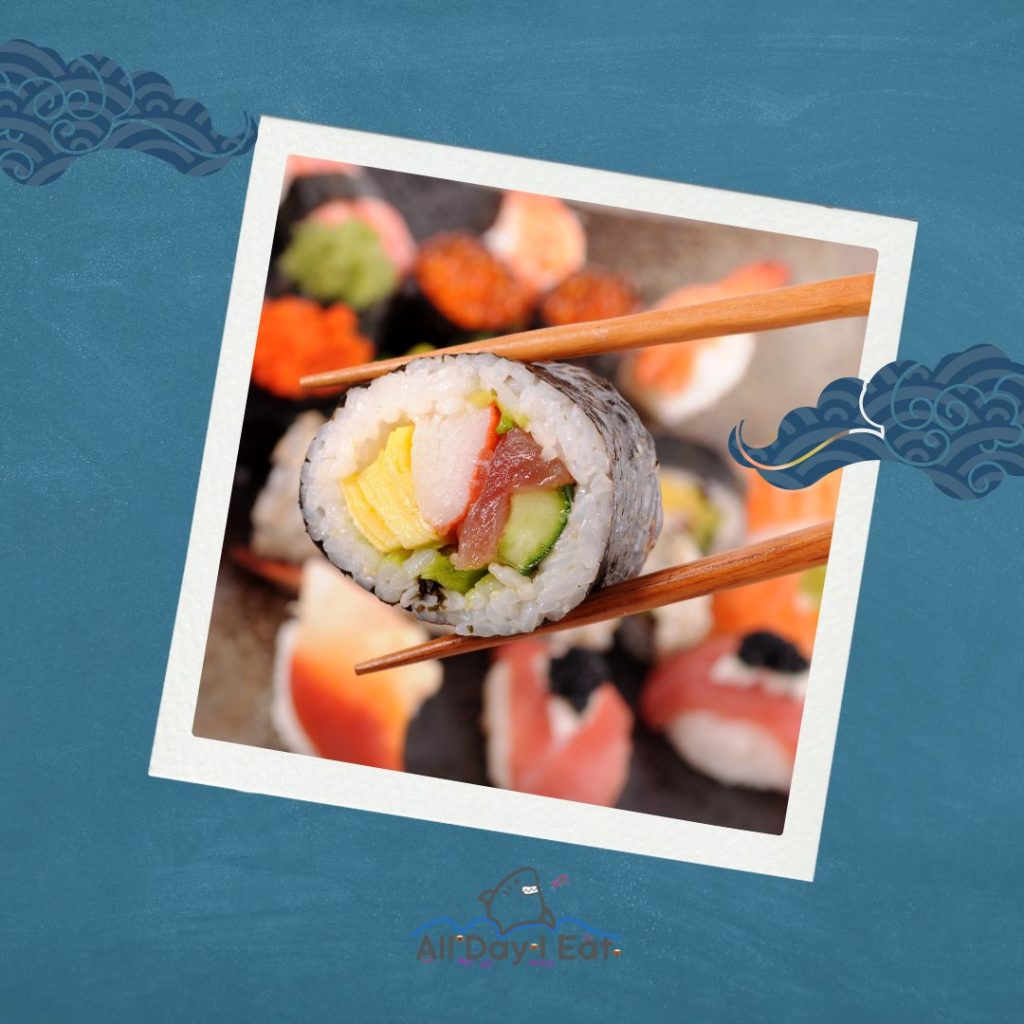
In this section, we will explore the development and evolution of sushi.
The transition from China to Japan
The earliest form of sushi, known as namanare, originated in Southeast Asia, where it was made to preserve freshwater fish. This dish was brought to Japan by Buddhist monks in the 9th century. The concept of sushi was likely introduced to Japan as Buddhism spread. The Buddhist dietary practice of abstaining from meat meant that fish became a popular alternative source of protein.
The forerunner to sushi was pickled fish, which first arrived in Japan from the Chinese mainland during the Nara era (710-794). There are many descriptions of sushi in the literature of the time. However, it was not until the Edo period (1603-1868) that sushi became a popular street snack in Japan.
Modernization in Edo Period
During the Edo period, sushi evolved from a street snack to a high-class cuisine. Hanaya Yohei is credited with modernizing sushi during this time. He is said to have created nigiri sushi, the most popular type today. Nigiri sushi is made by placing a small amount of wasabi on top of a piece of fish and then molding a small ball of sushi rice around it.
The Great Kanto Earthquake of 1923 significantly impacted the development of sushi. The disaster destroyed much of Tokyo, including the popular sushi stalls. As a result, sushi chefs were forced to move indoors and create more formal dining experiences.
Ingredients and Preparation of Sushi

Traditional Ingredients
Sushi is a Japanese dish that typically consists of vinegared rice, raw or cooked seafood, vegetables, and sometimes cheese, wrapped in seaweed or served as bite-sized pieces. Traditional sushi ingredients include fresh fish such as tuna, salmon, mackerel and pickled fish like herring. Vegetables commonly used in sushi include cucumber, avocado, and shiitake mushrooms.
The rice used in sushi is a short-grain variety cooked with vinegar, sugar, and salt to give it a slightly sweet and tangy flavor. Nori, a type of seaweed, is used to wrap the sushi rolls, while wasabi and soy sauce are served as condiments to add extra flavor.
Preparation Techniques
There are several different types of sushi, including nigiri, maki, and sashimi, each with unique preparation techniques. Nigiri is made by hand-shaping small rice balls and placing a slice of raw fish on top. Meanwhile, maki sushi is made by rolling the rice and fillings in a sheet of nori, and sashimi is made from thin slices of raw seafood served without rice.
To prepare sushi, the fish must be fresh and of high quality. The fish is typically sliced thinly and served raw, although some sushi can be cooked or marinated. The rice is cooked and seasoned with vinegar, sugar, and salt, then cooled to room temperature before making the sushi rolls.
Overall, sushi is a delicious and healthy dish enjoyed by people worldwide. Its combination of fresh fish, vegetables, and rice make it a nutritious and satisfying meal.
Varieties of Sushi
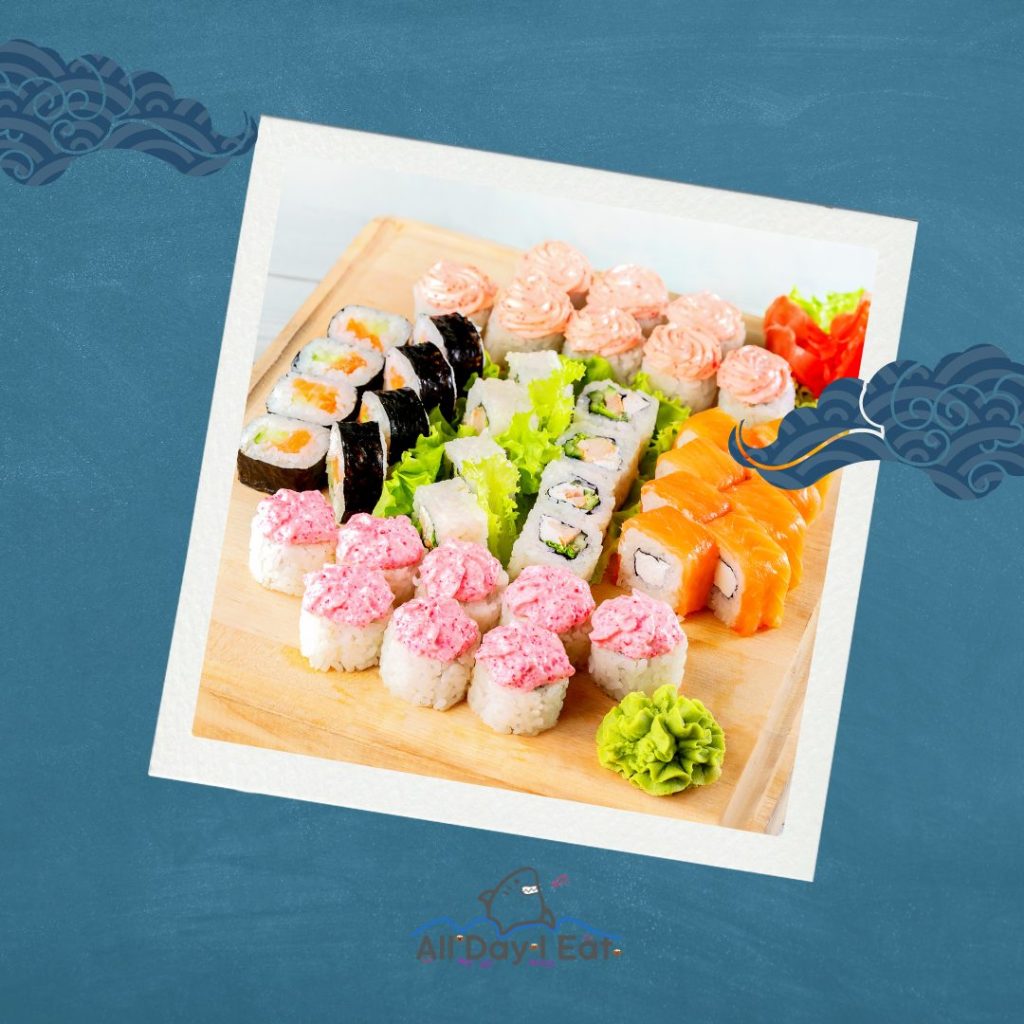
There are many different types to choose from when it comes to sushi. Here are some of the most common varieties of sushi:
Nigirizushi
Nigirizushi, also known as nigiri sushi, is a type of sushi that consists of a small, hand-pressed ball of sushi rice topped with a slice of raw fish or other seafood. The fish is typically lightly seasoned with wasabi and soy sauce. Nigirizushi is often served in pairs and is a popular choice for sushi lovers who enjoy the taste of raw fish.
Maki Rolls
Maki rolls, also known as rolled sushi, are a type of sushi consisting of rice and various other ingredients rolled up in a sheet of seaweed called nori. The most common type of maki roll is the California roll, which typically includes avocado, cucumber, and crab meat. Other popular maki rolls include the spicy tuna roll, the salmon roll, and the shrimp tempura roll.
Uramaki
Uramaki, also known as inside-out rolls, is a maki roll where the rice is on the outside and the nori is on the inside. Uramaki is typically filled with various ingredients, including raw fish, cooked seafood, vegetables, and sauces. Some popular types of uramaki include the dragon roll, the rainbow roll, and the spider roll.
Temaki
Temaki, also known as finger sushi, is hand-rolled into a cone shape and filled with sushi rice and various other ingredients. Temaki is typically eaten by hand and is a popular choice for sushi lovers who prefer a more casual dining experience. Some popular types of temaki include the spicy tuna temaki, the salmon temaki, and the eel temaki.
Sushi in Different Cultures

Sushi is a Japanese dish that has gained popularity worldwide. It has taken on different forms in different cultures, with the most distinct versions emerging from the Korean, Chinese, and Japanese cultures. Let’s look at how sushi has evolved in different parts of the world.
Sushi in America
Sushi has become increasingly popular in America, with sushi restaurants nationwide. While traditional sushi is still available, many American sushi restaurants offer fusion sushi, which combines traditional sushi with other ingredients. One example is the California roll, invented in the 1970s by a Japanese immigrant in California. It consists of crab, avocado, and cucumber rolled in seaweed and rice.
Sushi in China
Sushi has gained popularity in China in recent years, with sushi restaurants opening in major cities. However, sushi is not a traditional dish in Chinese culture and is often considered a luxury food. Chinese sushi is typically served with soy sauce, wasabi, and pickled ginger, but it may also incorporate Chinese ingredients like tofu or seaweed.
Sushi in Southeast Asia
Sushi has also gained popularity in Southeast Asia, with countries like Thailand, Malaysia, and Indonesia incorporating their flavors and ingredients into the dish. In Malaysia, for example, sushi may be served with sambal, a spicy chili paste, while in Indonesia, it may be served with kecap manis, a sweet soy sauce.
Overall, sushi has become a popular dish in many cultures, with each culture putting its spin on it. While traditional sushi is still available, fusion sushi has become increasingly popular, with sushi restaurants offering creative and unique combinations of ingredients.
Modern Sushi Trends
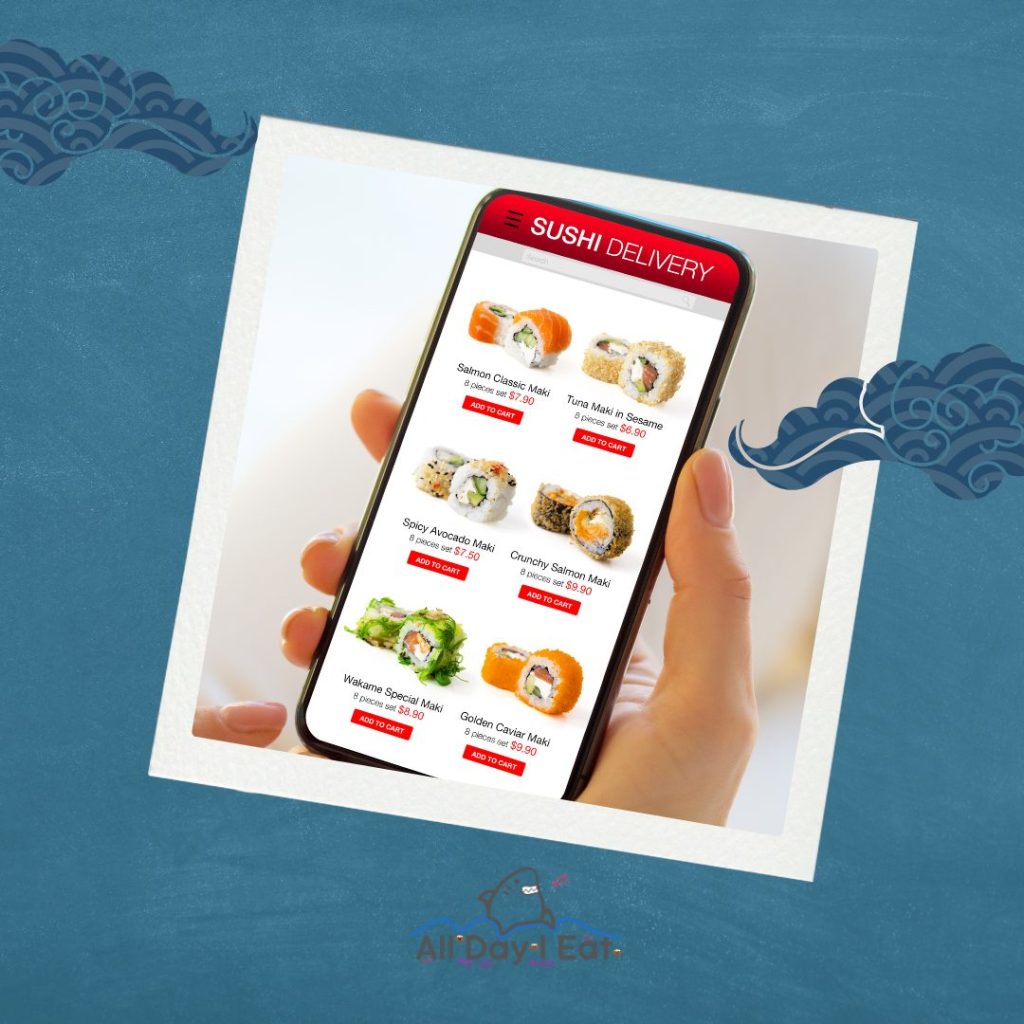
Innovation in Sushi
Sushi has come a long way since its inception in Japan centuries ago, and sushi chefs worldwide are experimenting with new flavors, techniques, and presentations. One of the pioneers of modern sushi is Hanaya Yohei, who is credited with inventing nigiri sushi in the early 19th century. His innovation of combining vinegared rice with fresh seafood has become the foundation of traditional sushi.
Innovation in sushi is not limited to traditional sushi restaurants. Many sushi restaurants now offer fusion sushi that combines traditional Japanese ingredients with flavors from other cuisines. Some restaurants offer sushi with a Mexican twist, while others offer a Korean or Hawaiian twist. These fusion sushi rolls often feature bold flavors and unique combinations that surprise and delight sushi lovers.
Sushi Delivery and Takeout
In recent years, sushi delivery and takeout have become increasingly popular. Many sushi restaurants now offer online ordering and delivery services, making it easier than ever to enjoy sushi from the comfort of your home. Some restaurants even offer sushi-making kits that allow you to make your sushi at home.
One of the challenges of sushi delivery and takeout is ensuring that the sushi remains fresh and flavorful. To address this challenge, many restaurants use special packaging and delivery methods to keep the sushi fresh during transport. Some restaurants also offer pre-packaged sushi ready to take home and enjoy.
Common Misconceptions and Questions
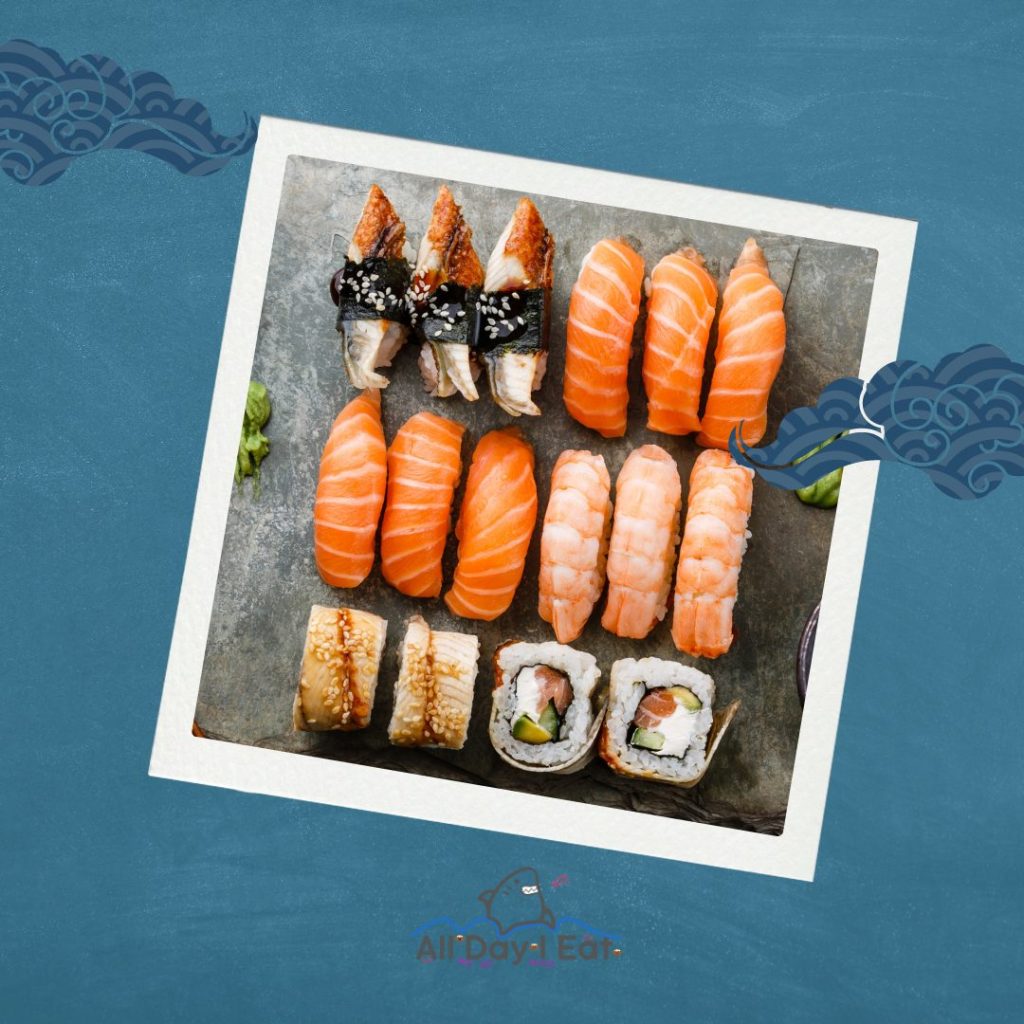
When it comes to sushi, a few common misconceptions, and questions often arise. In this section, we’ll address some of the most frequently asked questions and clear up any misunderstandings.
Is Sushi Chinese?
One of the most common questions is whether sushi is Chinese or Japanese. While sushi does have some roots in Chinese culture, it is primarily a Japanese dish. According to a Chinese dictionary, sushi is referred to as “酢飯” (cù fàn) in Chinese, which translates to “vinegar rice.” However, the dish as we know it today originated in Japan during the Edo period.



Konnichiwa! (Hello!) I'm Pat Tokuyama, a Japanese tofu cookbook author, who travels for music, food, and adventure. If you like Japanese tea, checkout some of the newestorganic japanese tea, matcha bowls and noren and more!
** Curious about the Plant Based Japanese Cooking Club? ** Learn more here!
Is Sushi Always Raw?
Another common misconception about sushi is that it is always raw. While raw fish is a common ingredient in sushi, it is not always the case. Many types of sushi do not contain any raw fish at all. For example, tamago sushi is made with cooked egg, kappa maki is made with cucumber, and inari sushi is made with fried tofu pockets filled with sushi rice. Additionally, many sushi rolls, such as tempura rolls or spider rolls, are cooked or fried.
Conclusion
So, Is sushi Chinese? In this article, we have discussed that Sushi has a long and fascinating history that spans China and Japan. Its development from a simple street snack to a high-class cuisine is a testament to the ingenuity and creativity of the Japanese people. Today, sushi is enjoyed by people worldwide and is an important part of Japanese culture.


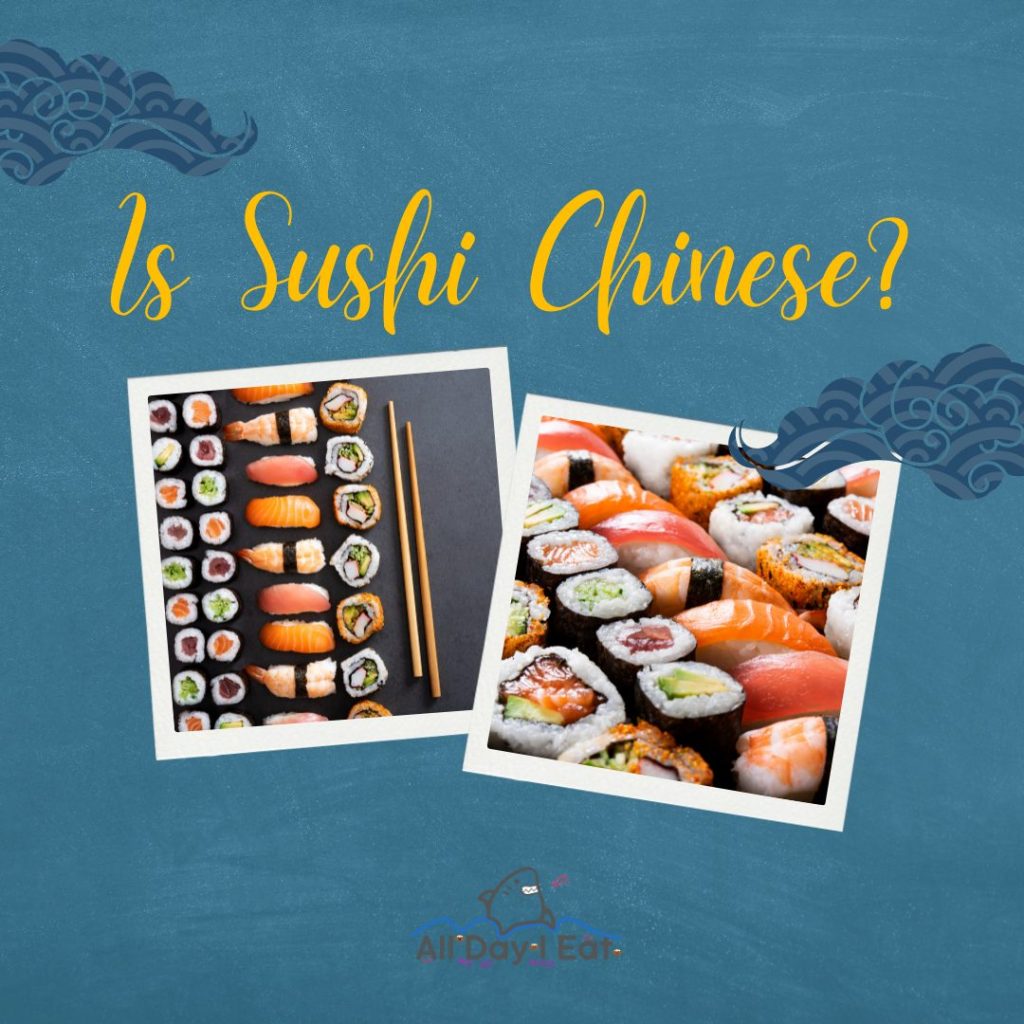


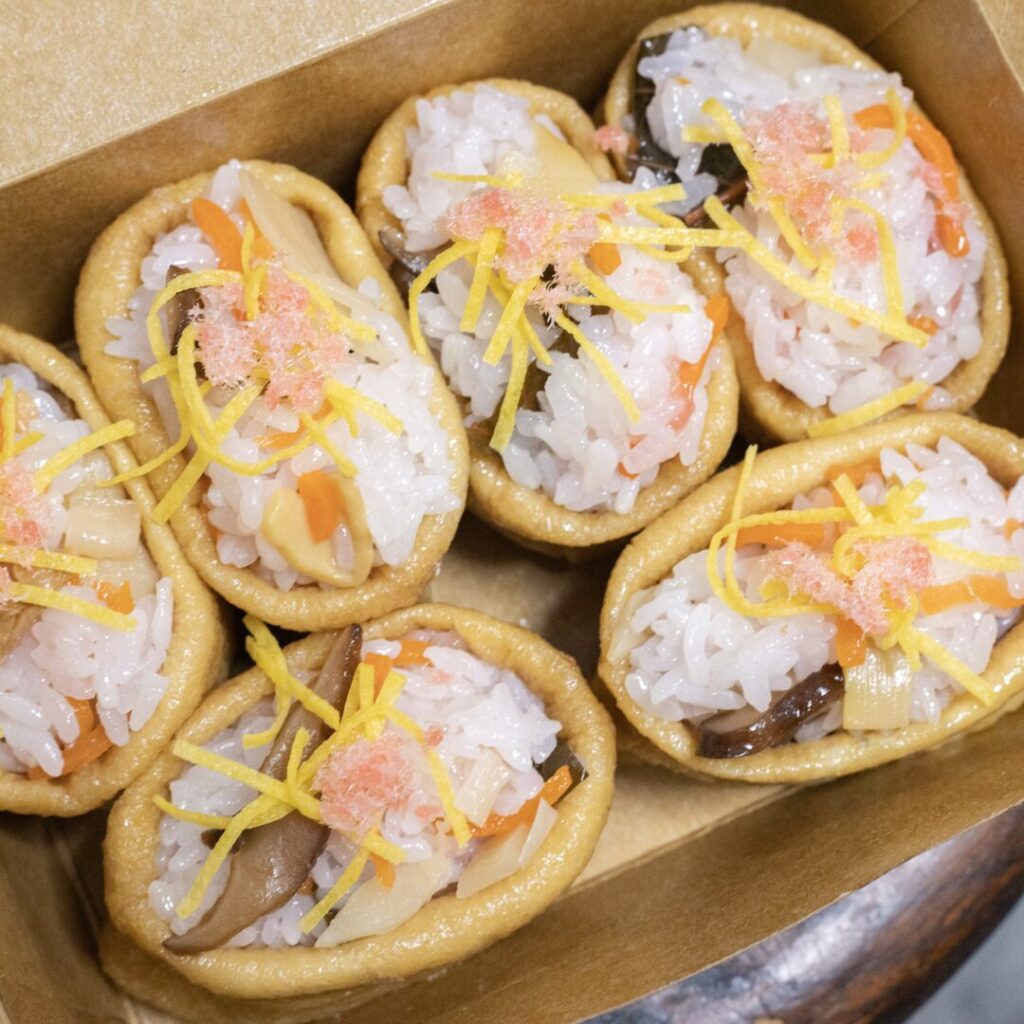
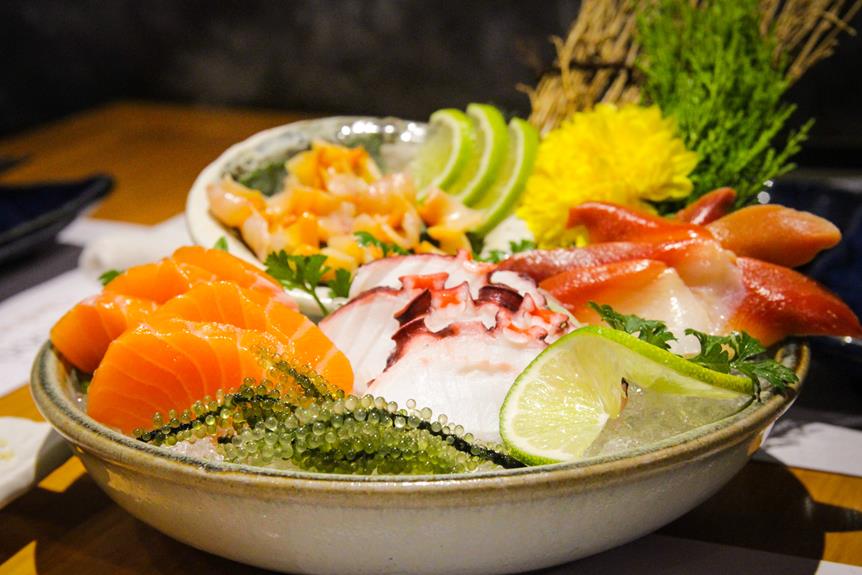

Konnichiwa! (Hello!) I'm Pat Tokuyama, a Japanese tofu cookbook author, who travels for music, food, and adventure. If you like Japanese tea, checkout some of the newestorganic japanese tea, matcha bowls and noren and more!
** Curious about the Plant Based Japanese Cooking Club? ** Learn more here!